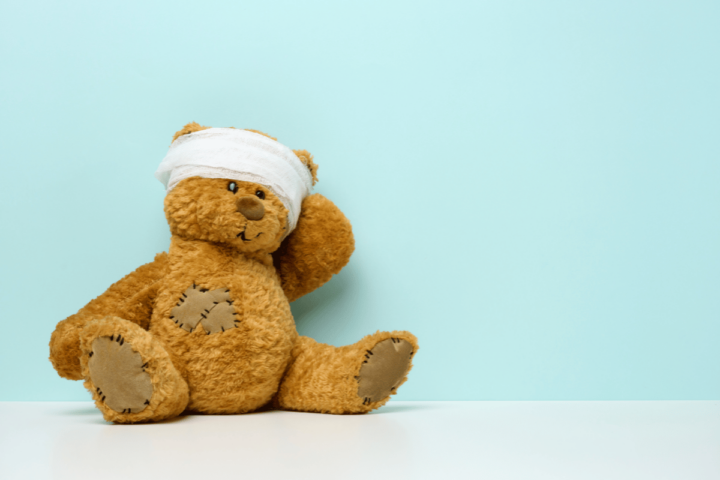Bedtime Routine That Actually Works (For Your Child and You)
It’s 7:30 PM. Your child is bouncing off the walls—or melting down in protest. You’re trying to keep it together, but inside you’re counting the minutes until they’re asleep and you can finally exhale.
You’re not alone. According to a University of Michigan C.S. Mott Children’s Hospital poll, 1 in 4 parents say their children have trouble falling asleep due to stress, anxiety, or overstimulation.
But here’s the hopeful part: the way you guide bedtime can help your child shift from chaos to calm.
This isn’t about rigid rules. It’s about creating a clear, predictable bedtime routine that supports your child’s nervous system—and yours.
The 5-Part Bedtime Routine That Helps Kids Wind Down
This step-by-step guide is designed to co-regulate with your child. It helps their body feel safe enough to transition into sleep, and it helps you feel less like a drill sergeant and more like a connected guide.
Step 1: Transition With Connection (10–15 minutes before the routine starts)
- Dim lights. Turn off screens.
- Offer a gentle signal: “Let’s start slowing down together.”
- If possible, do something quiet and connecting—puzzle, reading, drawing side-by-side.
Step 2: Predictable Sequence (Same steps, same order)
Children feel safest with structure. Your sequence might be:
- Go potty
- Brush teeth
- Put on pajamas
- Pick a book
- Lights out
Post the steps visually for younger kids who benefit from pictures.
Step 3: Co-Regulate Through Calm Presence
Your child’s nervous system syncs with yours.
- Use a calm, steady voice.
- Slow your own breath.
- Use fewer words. Let your energy communicate: “We’re okay.”
Step 4: Use a Containment Ritual
Kids often resist sleep because it means separating from you. Offer a consistent ritual that says: you are safe, and I will return.
- Say: “I’ll check on you in 5 minutes.”
- Use a visual: place a stuffed animal by the door as a ‘guard’.
- Sing the same short lullaby each night as a closing signal.
Step 5: Follow Through With Gentle Limits
Your child might ask for one more story, water, or a hug.
- Stay firm, but kind: “We’ve finished the routine. I’ll check on you in five.”
- Follow through calmly. Over time, this consistency builds trust and sleep.
Why This Works (According to the Brain)
- Structure soothes the brain. Predictable routines reduce cortisol (the stress hormone) and increase melatonin (the sleep hormone).
- Co-regulation is key. Your calm presence teaches your child how to settle their own body.
- Containment builds safety. Rituals that say “you’re safe, and I’m close” help children let go.
Real-Life Results
“Our 5-year-old used to take 90 minutes to fall asleep,” says Jenna, mom of two. “Once we added a wind-down and a clear sequence, he was asleep within 20 minutes.”
Another parent shared: “We stopped negotiating every step. Now we do the same things in the same order, and bedtime is peaceful—for all of us.”
What to Try Tonight
- Set a wind-down timer to start 15 minutes before bedtime.
- Follow the same steps every night in the same order.
- Lower your own energy to help your child match it.
- End with a consistent goodnight ritual (song, phrase, or check-in plan).
You don’t need perfection. You just need a repeatable rhythm.
Why Bedtime Matters
Bedtime isn’t just about sleep. It’s where your child learns: Am I safe to rest? Can I trust you to hold the edge while I let go?
With a steady, warm routine, you teach them, yes.
Let Tonight Be the Shift
You don’t have to dread bedtime.
You just need a plan your child can count on—and a presence they can feel.
Try this tonight. And give yourself credit: You’re not just getting your kid to sleep; you’re teaching them how to rest safely.
Send this to a parent who might need it tonight. Because we’re all in this together.❤️











